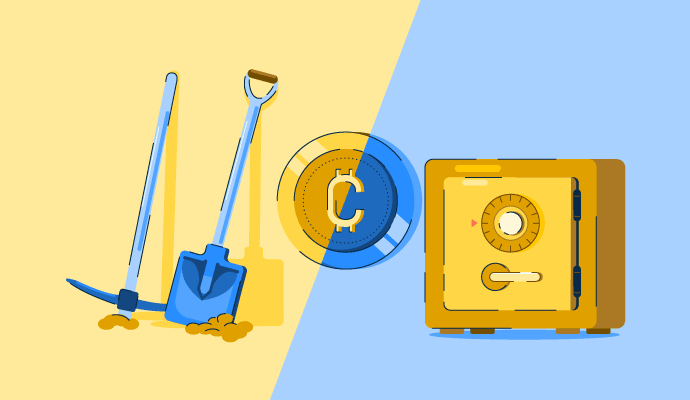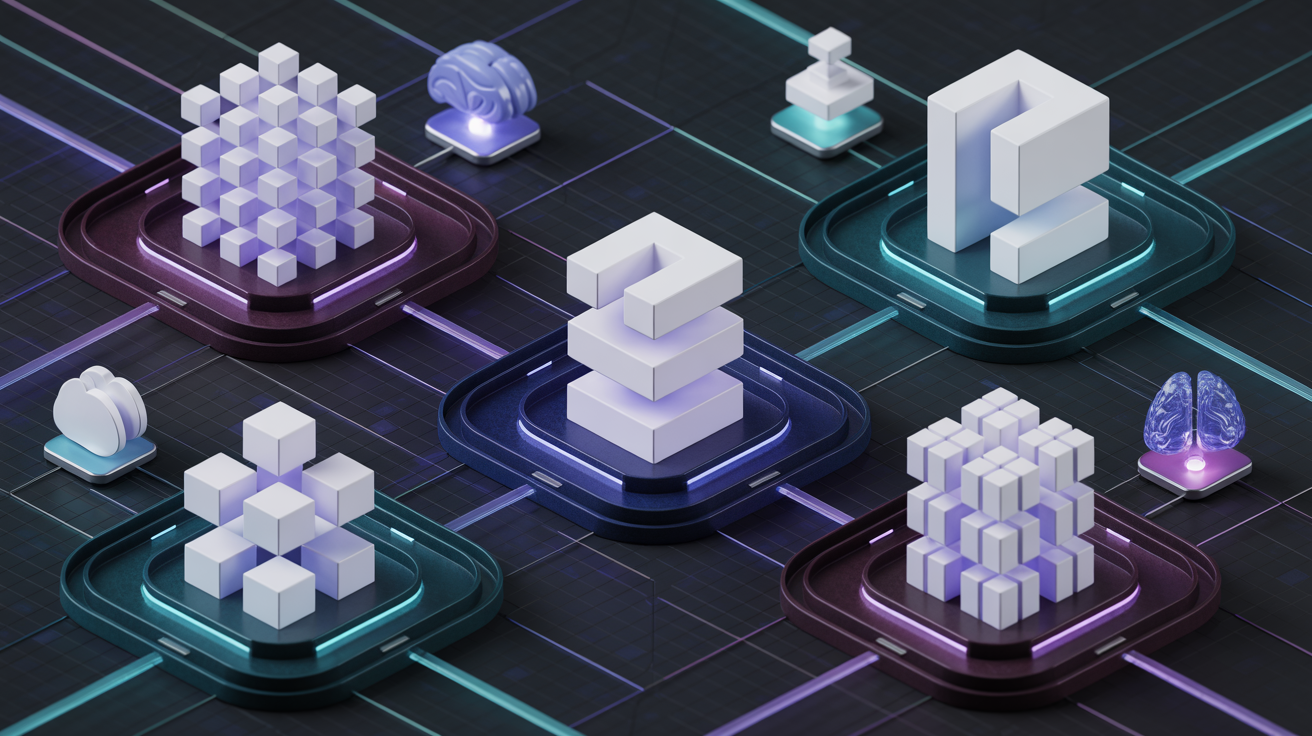In the evolving world of decentralized finance, understanding consensus mechanisms: how crypto networks agree on the truth is essential. These mechanisms are the beating heart of blockchain technology. They ensure that all participants in a distributed network agree on a single source of truth—without relying on any central authority. Systems like Proof of Work (PoW), Proof of Stake (PoS), and Delegated Proof of Stake (DPoS) offer different paths to consensus. Interestingly, artificial intelligence (AI) is playing a growing role in optimizing these systems for better efficiency and security. In this article, we’ll break down these mechanisms, compare them, and explore how AI is reshaping blockchain governance.
What Is a Consensus Mechanism?
A consensus mechanism is a process used by blockchain networks to achieve agreement on the state of the distributed ledger. Since blockchain operates without a central authority, the consensus process validates transactions and secures the network from tampering, fraud, and double-spending.
These mechanisms are vital in maintaining trust in trustless environments. In decentralized systems, anyone can participate, making it crucial to have a fair and robust method for reaching agreement. As blockchains scale, the challenge of managing thousands of nodes efficiently becomes significant. This is where AI steps in—analyzing network behavior, spotting anomalies, and automating validation decisions in certain hybrid models.
Proof of Work (PoW)

How It Works
PoW is the original consensus mechanism, pioneered by Bitcoin. It involves miners competing to solve a complex cryptographic puzzle. The first miner to solve it gets the right to add a new block to the blockchain and is rewarded with cryptocurrency.
This process requires significant computational power. It’s designed to be intentionally resource-intensive to make attacks economically unfeasible. The “work” proves that the miner invested resources, hence earning the trust of the network.
Strengths of PoW
-
High Security: Due to the computational effort required, altering past transactions would need immense processing power.
-
Proven Track Record: Bitcoin and Ethereum (until recently) used PoW, establishing it as battle-tested and reliable.
Weaknesses of PoW
-
Energy Consumption: Mining requires a massive amount of electricity, making PoW environmentally unsustainable in the long term.
-
Slow Transactions: The time to solve each block limits throughput and scalability.
AI’s Role in PoW
AI is being used to predict optimal mining conditions, identify inefficient hardware, and monitor energy consumption in real time. It can also detect patterns suggesting malicious activity or mining cartels attempting to gain 51% control. By training on historical data, AI models help miners improve profitability and efficiency, especially in regions with volatile power costs.
Proof of Stake (PoS)

How It Works
Unlike PoW, PoS doesn’t require massive computing power. Instead, validators are selected based on the amount of cryptocurrency they stake (lock up) as collateral. The higher the stake, the greater the chance of being chosen to validate the next block.
This system assumes that validators have something to lose, so they are incentivized to act honestly. If they attempt to cheat the system, they risk losing their staked coins.
Strengths of PoS
-
Eco-Friendly: PoS significantly reduces energy use compared to PoW.
-
Faster Transactions: Blocks are validated quicker, increasing network efficiency.
-
Encourages Long-Term Holding: Staking promotes network stability by reducing token supply in circulation.
Weaknesses of PoS
-
Risk of Centralization: Wealthier participants have more influence, which can lead to control concentration.
-
Initial Distribution Bias: Early adopters with large holdings benefit more, potentially excluding newer users.
AI’s Role in PoS
AI can play a critical role in monitoring staking behavior to prevent fraud or collusion. It also assists in dynamically adjusting staking rewards based on market conditions and network health. AI algorithms can forecast validator reliability, flagging suspicious activity before damage occurs. This adds a layer of predictive security to PoS systems, ensuring that chosen validators are trustworthy and efficient.
Delegated Proof of Stake (DPoS)

How It Works
DPoS builds upon PoS by introducing a democratic layer. Token holders vote for a small group of delegates who are trusted to validate transactions and maintain the network. These delegates are rotated and can be voted out if they act against the network’s interests.
This method allows faster consensus and governance decisions while keeping token holders involved in decision-making.
Strengths of DPoS
-
Blazing Fast Transactions: DPoS supports high throughput, making it ideal for dApps and real-time services.
-
Governance by Community: Stakeholders can influence network upgrades and delegate choices through voting.
-
Efficient Block Production: With a limited number of block producers, networks can reach consensus quickly.
Weaknesses of DPoS
-
Reduced Decentralization: Fewer validators mean the network is more centralized than PoW or PoS.
-
Potential for Collusion: Delegates may form alliances, compromising fairness.
AI’s Role in DPoS
AI is useful in identifying and mitigating vote manipulation by detecting unusual patterns in voting behavior. It also aids in maintaining a healthy delegate rotation by analyzing performance and flagging underperformers. Over time, machine learning can refine the criteria for selecting trustworthy delegates, improving the resilience of DPoS networks.
The Future: Hybrid Models and AI-Driven Consensus
The future of blockchain may lie in hybrid consensus models that combine the best of multiple systems. For example, some networks are exploring PoW for initial security combined with PoS for scalability. AI takes this a step further by adding real-time optimization and adaptability.
Imagine a system that uses machine learning to adjust block time dynamically based on network traffic or detect threats before they cause disruptions. These smart, AI-driven consensus models could balance speed, security, and decentralization like never before.
Furthermore, AI-driven simulation environments allow developers to test consensus mechanisms under stress scenarios that mimic real-world attacks, enabling proactive improvements before deployment.
Final Thoughts
To truly grasp blockchain technology, one must understand consensus mechanisms. From the raw power of PoW to the efficiency of PoS and the governance of DPoS, each system has its role. Now, with the advent of AI, we are entering a new era where consensus is not only faster and greener but also smarter. As AI continues to evolve, expect to see intelligent, adaptive networks that learn, predict, and secure themselves—setting the stage for the next phase of decentralized innovation.
FAQs:
- What is a consensus mechanism in simple terms?
A consensus mechanism is a method used by blockchain networks to agree on the current state of the digital ledger without needing a central authority. - How does AI improve consensus mechanisms?
AI helps monitor validator behavior, detect fraud, optimize resource usage, and simulate attack scenarios to improve overall security and efficiency. - Which consensus mechanism is best for the environment?
Proof of Stake (PoS) and Delegated Proof of Stake (DPoS) are much more energy-efficient than Proof of Work (PoW). - Why is decentralization important in consensus mechanisms?
Decentralization ensures that no single entity controls the network, making it more secure and democratic. - Can AI replace human validators in blockchain?
Not yet, but AI can support human decisions by analyzing data, flagging issues, and improving validator selection and monitoring. - Is PoW still relevant with AI and newer consensus models?
Yes, PoW remains highly secure and is still in use, though AI and newer mechanisms like PoS are making systems more efficient. - What is a hybrid consensus model?
A hybrid model combines multiple consensus techniques (like PoW + PoS) and may include AI elements to balance security, speed, and decentralization.
Stay updated with our latest articles on fxis.ai

